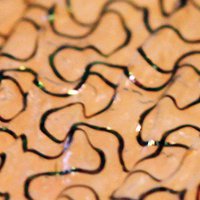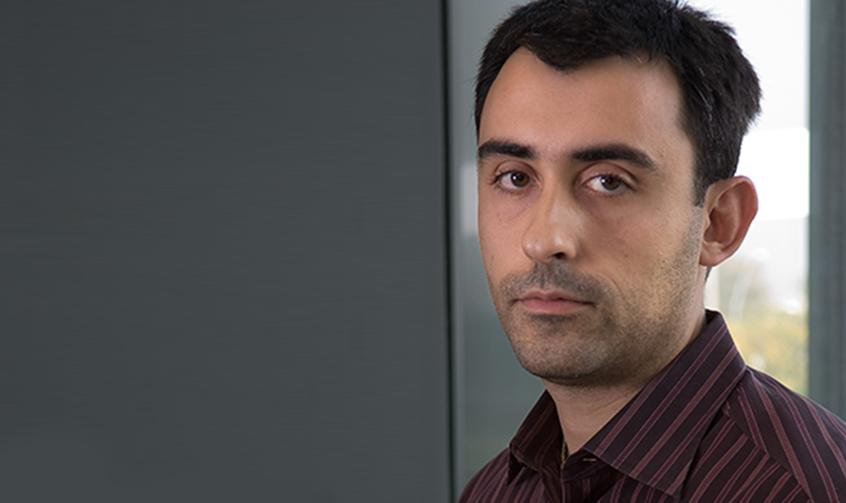"What do photo cameras and photovoltaic panels have in common? Until now, only light, essential for them to operate. But from now on, some micro crystals called quantum dots that allow both devices to be more efficient and less expensive.
The manufacturing and management of these nanocrystals is the specialty of Gerasimos Knostantatos, leader of the research group working on nanophotonic solution-processed devices at the Institute of Photonic Sciences (ICFO). This young electrical engineer and computer scientist has found a way of using them to create high performance photodetectors and image sensors at a much lower cost than that of current technology. “An infrared camera that costs $20,000 could be replaced by a cheaper one based on quantum dots, available for $100”, explains Konstantatos.
The high price of cameras that are able to capture light, not exclusively from the visible spectrum but also from the infrared, is due in part to the complex manufacturing of its sensors. The silicon, a key component in most chips and photodiodes found in cheap camera’s pixels, captures only between 20 and 40 percent of the light that comes into contact. Moreover, it is not sensitive to the infrared, which means that for night vision applications other semiconductors are needed, expensive alternatives based on indium gallium arsenide.
On the contrary, by modifying the size and form of the quantum dots that he manufactures, Konstantatos takes advantage of the better photon absorption qualities of these nanocrystals to create photodetectors able to capture 100 percent of the light that arrives to them. While conventional sensors dedicate one part of its surface to light detection and another to accommodate electronic components needed to process the image, the designs by the young TR35 winner include a thin layer of quantum dots on top of the electronic part, which leads to “total area coverage”, superior sensitivity and resolutions of various megapixels.
This price-reducing method opens the door towards expanding the market of infrared cameras both for massive consumption and for night vision devices that could improve driving or security. In fact, infrared waves are also basic in fields like medical imaging, environmental monitoring, or deep space observation in astrophysics, areas that could benefit from the commercial development of these nanomaterials.
The TR35 winner has demonstrated that it is possible to specify the materials’ promises -whose properties scientists do not entirely control right now-, but have created great expectations, for example, between those who dream of obtaining faster communication methods. “The beauty of these materials is that they can be deposited in silicon and you can integrate electrical and photonic circuits at a very low price”, he explains. According to Konstantatos, the transportation of information between chips is “the bottleneck of electronics” and using light to execute the transference, instead of an electronic base, would solve it. “But it is something that we foresee in the long term”, he points out."




